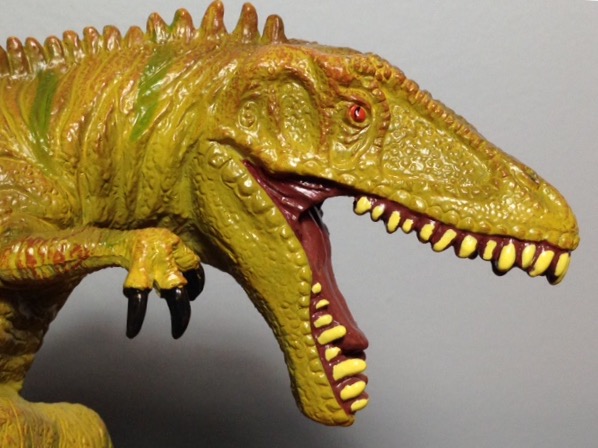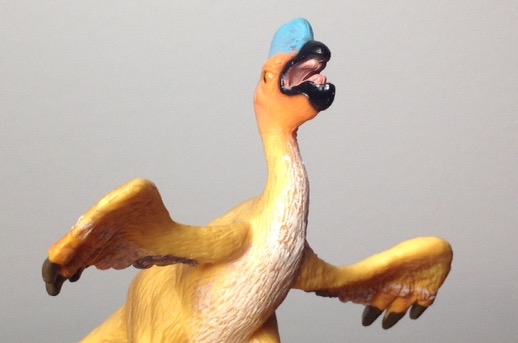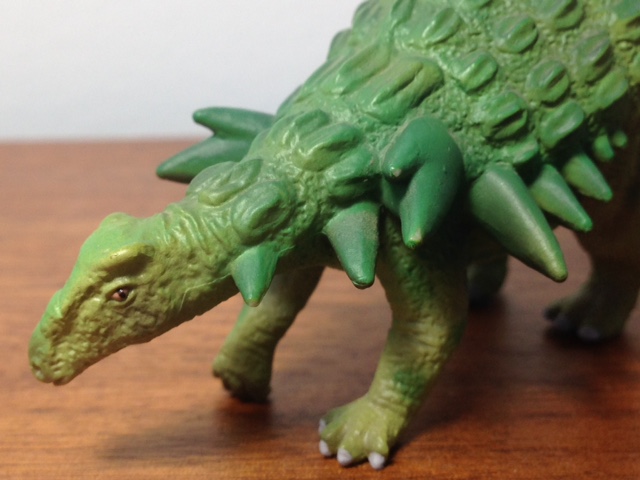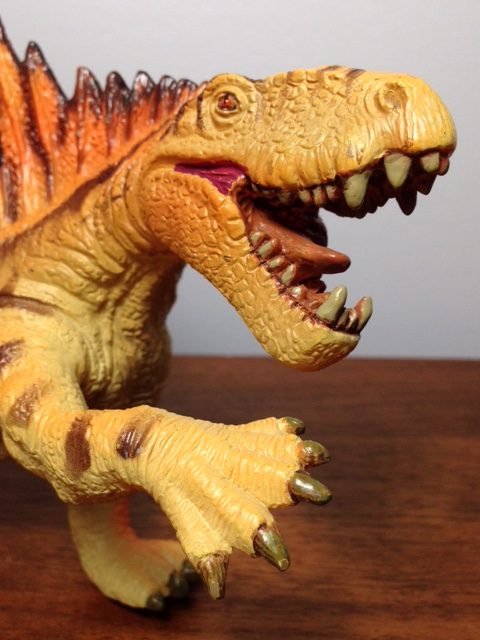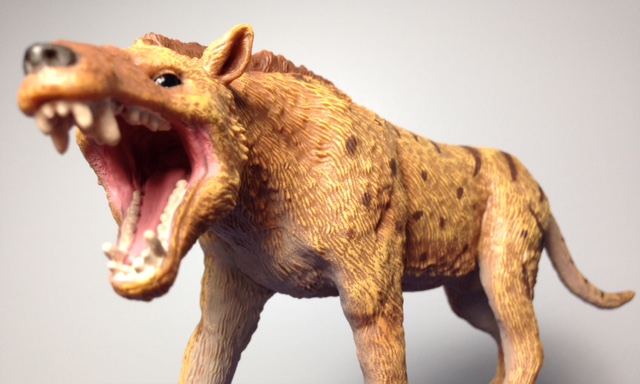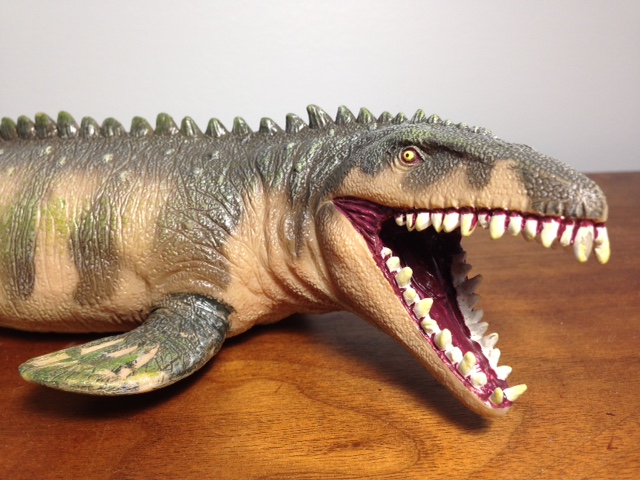Review: Sterrholophus Marsh AKA Triceratops (Recur)

4.3 (28 votes)
In 1891, the legendary O.C. Marsh bestowed the name Sterrholophus (“solid crest”) to a ceratopsian that would later be determined to be a specimen of Triceratops. That Recur would choose to use this obscure synonym for one of their toys is pretty strange, but I’ve been informed that they will be employing “Triceratops” in future.

 Suspsy has lived in Canada all his life. One day when he was in kindergarten, his teacher did a lesson on dinosaurs and put up some giant cutouts on the wall. Suspsy immediately began pretending to be a Tyrannosaurus rex at playtime, and continued to do so for many subsequent playtimes. Since then, he has acquired two degrees, worked many different jobs, travelled to many fantastic locations, fallen in love, gotten married, and settled down to raise a family, but his passion for dinosaurs and other prehistoric animals has never waned.
Suspsy has lived in Canada all his life. One day when he was in kindergarten, his teacher did a lesson on dinosaurs and put up some giant cutouts on the wall. Suspsy immediately began pretending to be a Tyrannosaurus rex at playtime, and continued to do so for many subsequent playtimes. Since then, he has acquired two degrees, worked many different jobs, travelled to many fantastic locations, fallen in love, gotten married, and settled down to raise a family, but his passion for dinosaurs and other prehistoric animals has never waned.



